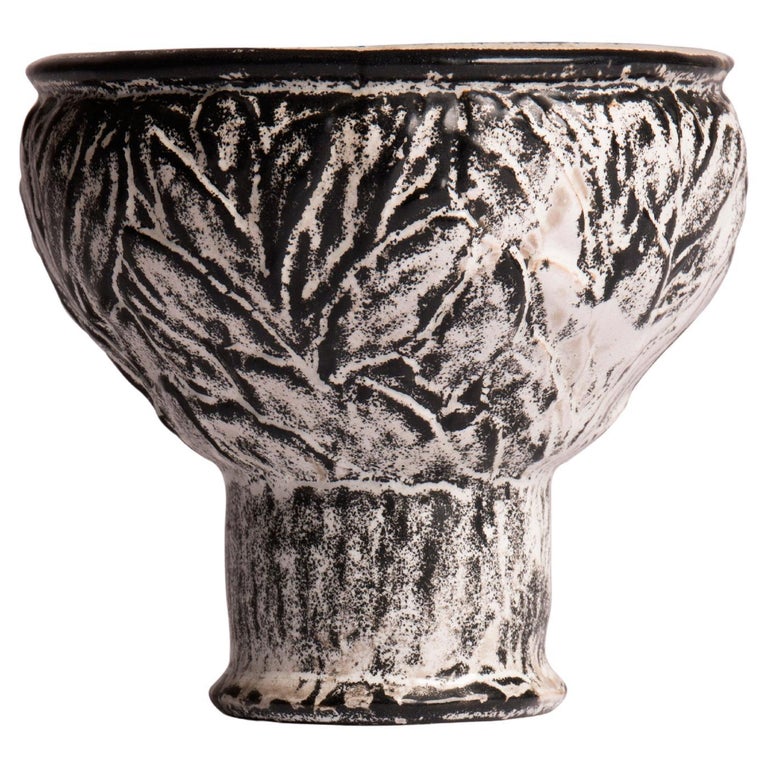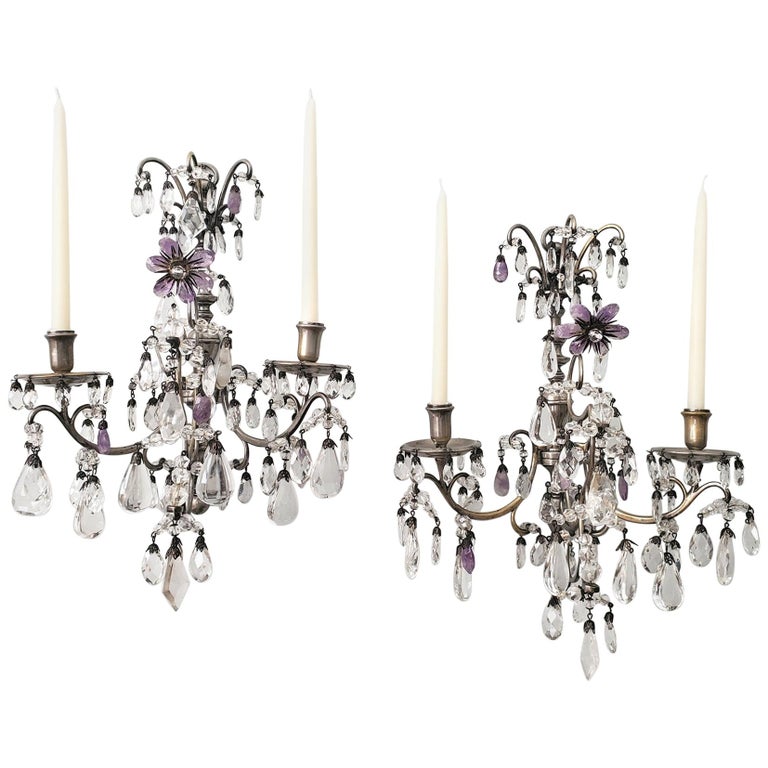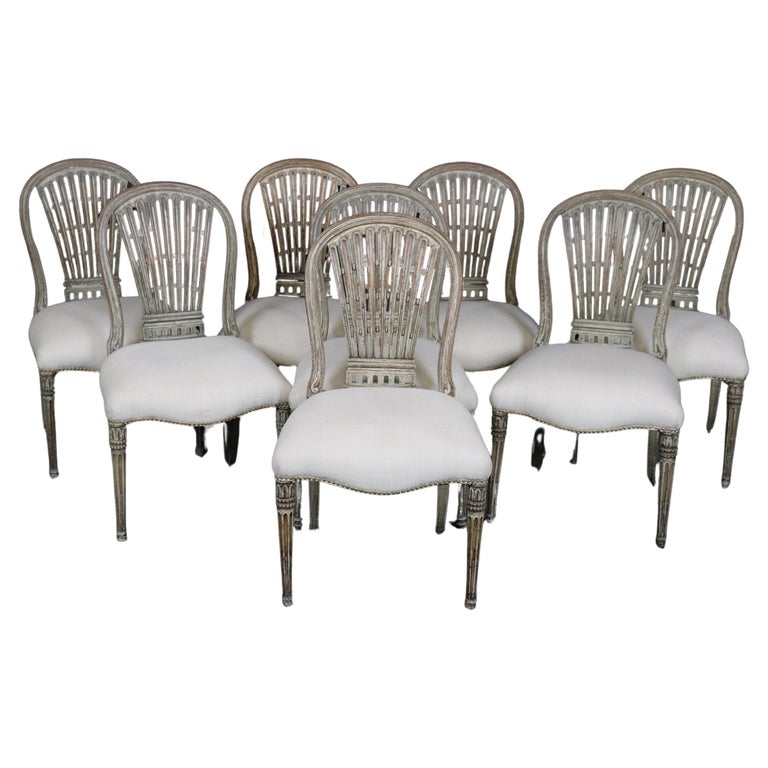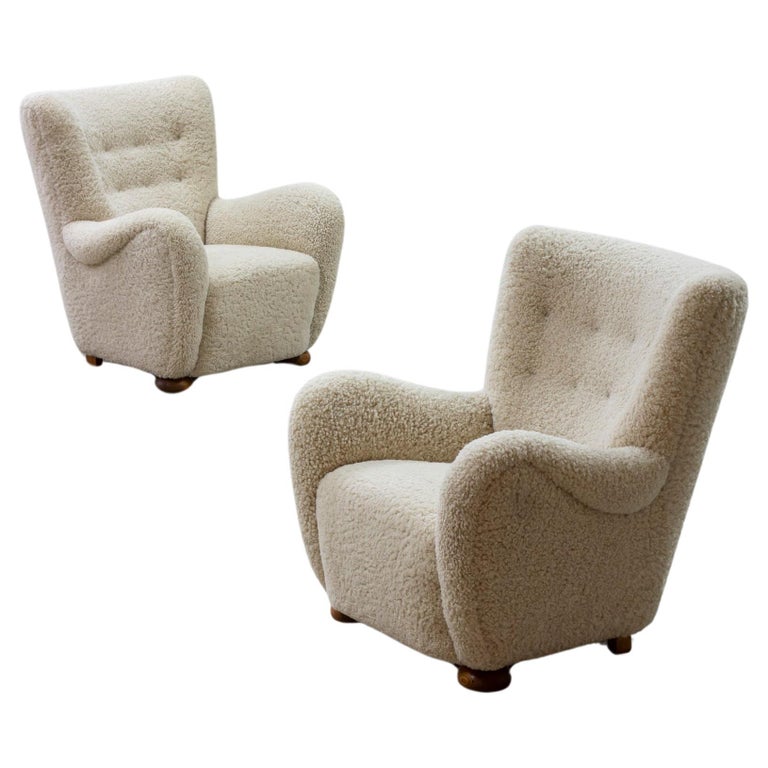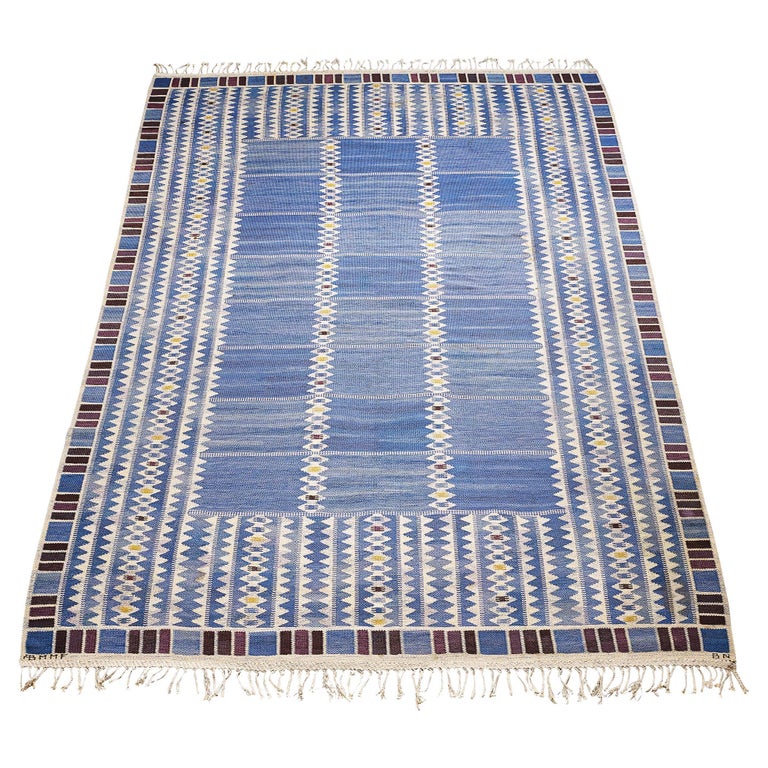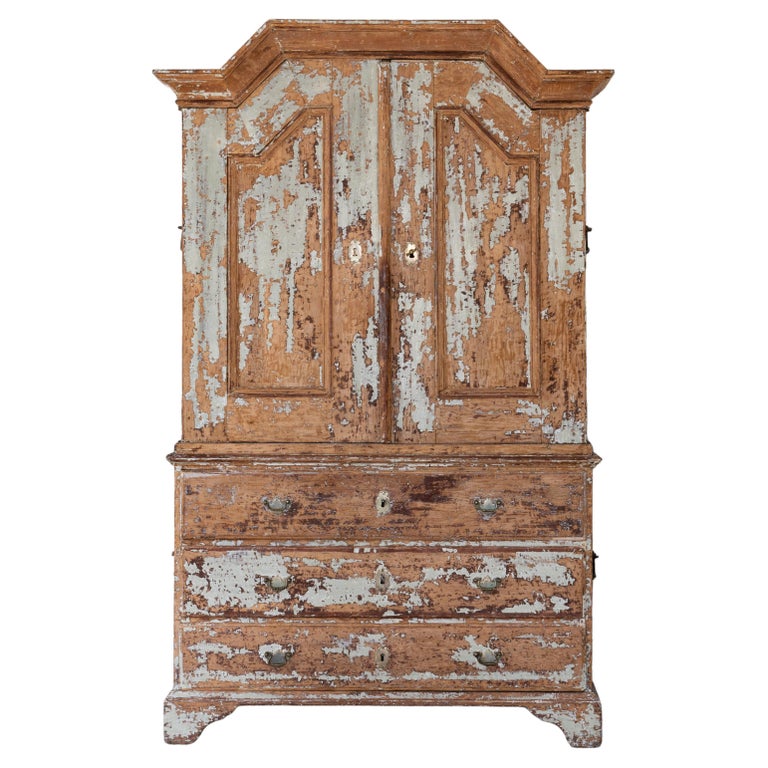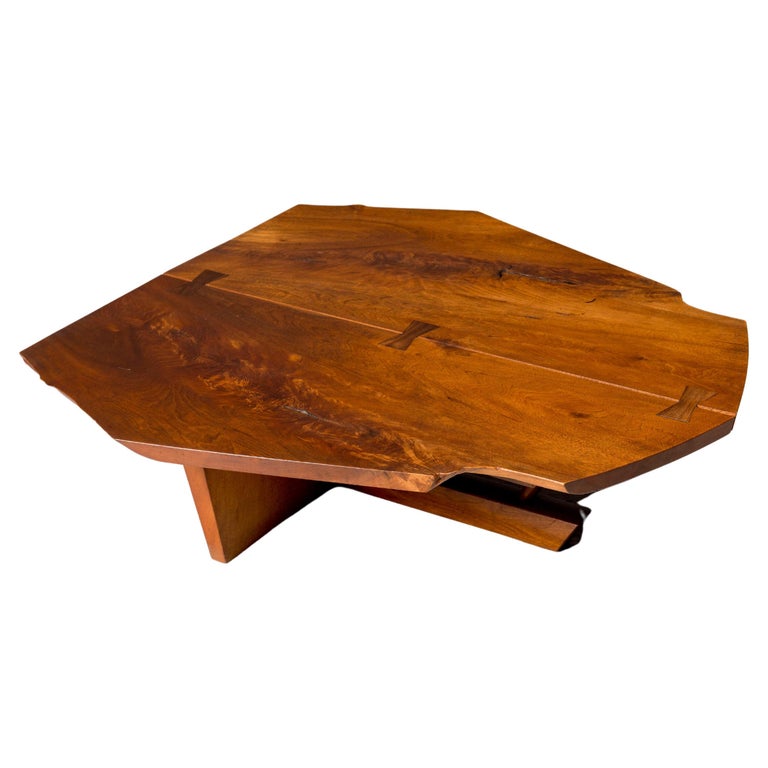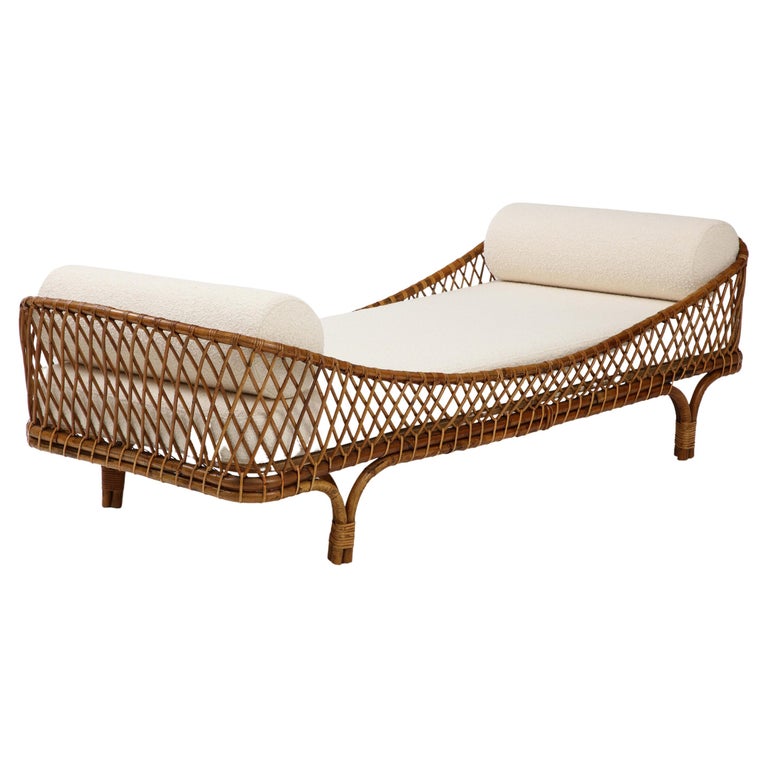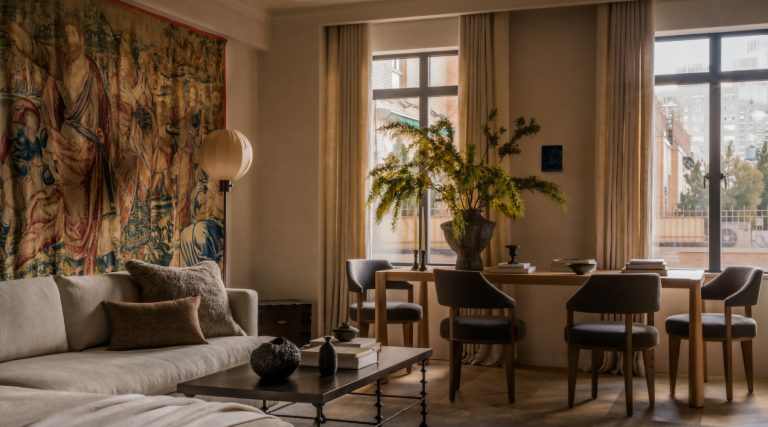
August 18, 2024Context is everything, in decorating as in the rest of life. Ross Alexander, a designer based in Manhattan, turns situational subtlety into an art form in residential projects up and down the East Coast, from the New York City area to Washington, D.C.; Martha’s Vineyard; and Maine.
“I find it interesting to interpret the clients’ needs and the demands of the space,” says Alexander, who once worked for interiors specialist Charlotte Moss as well as for renowned architect Robert A.M. Stern. “Everything should be appropriate to its surroundings. I wouldn’t force something traditional on a contemporary-minded person or vice versa.”
Two New York projects in particular illustrate Alexander’s facility and flair: a Hudson Valley home designed for two empty-nesting retirees and the Chelsea apartment of a professional couple. In both cases, Alexander looked to older pieces to create individuality, and he knew just where to find them.
“One thing I love about 1stDibs is that it gives me the ability to incorporate antiques throughout all my projects,” says Alexander, a solo act who doesn’t rely on a staff to source items. “It adds a lot of character and substance to the work.”
An affinity for the natural world also animates his interiors. Alexander was raised outside Columbus, Ohio, and the green fields of his youth made a strong impression. “I grew up next to a nature preserve, and I played there all the time,” he says. “I almost became a botanist.”
The Hudson Valley empty nesters commissioned Alexander to take on the interiors of their contemporary-style cedar-and-stone house, which is nestled amid rock formations and boasts a view down to the mighty Hudson River.
When he first walked into the home, its large windows and expansive views reminded him of the house that the Danish architect Finn Juhl had designed for himself just outside Copenhagen and that is now part of the Ordrupgaard Museum. Alexander had visited it on a formative study-abroad trip to Scandinavia led by design historian Judith Gura. “Set within a lush landscape, the Juhl house is somewhat spare, featuring his own sculptural designs inside. It’s sunny and bright and has a light palette,” says Alexander. “Tilting the design of my clients’ house toward mid-century Scandinavian seemed right.”

But no direct homages would work for these clients. Outdoorsy hikers and cyclists, they wanted a relatively casual scheme. “I felt it should reflect them and their lifestyle,” says Alexander.
For starters, he looked to soften one of the house’s most distinct features. “It was open-plan — but almost too open in my opinion,” Alexander says of the first floor, which incorporates living and dining areas and a sun room. “I created low, waist-high bookcases that run around the perimeter of the living room to help frame the space.”

Overall, Alexander didn’t do anything too dramatic in terms of walls and floors. “I kept it light and clear and focused on the furniture being the color,” he says. He used lots of wicker, which played to his fondness for natural materials and the clients’ relaxed vibe; it also served as a subtle homage to Swedish designer Josef Frank, an avid fan of the material.
Alexander designed much of the furniture himself, including the sofa and chaise in the living room — covered in a pale pink linen — and the oak dining table and accompanying banquette, upholstered in deep red linen. A circa 1800 Welsh cricket table in the living room demonstrates that older pieces can work seamlessly with much-newer material.

A key 1stDibs find anchors the sunroom: a 1950s Jacques Adnet coffee table made of glazed stoneware tiles with a blackened-steel base. It sports a fern-like leaf motif, recalling similar plants on the surrounding property.
Under the table is a custom rug created by Alexander that again echoes the work of Frank, whose textile designs were, in Alexander’s words, “colorful, playful and sophisticated.” It features large-scale florals and birds, and the impact is “very cosseting for a big room,” he notes.

The owners of the Chelsea apartment, an attorney and a pharmaceutical executive, both happen to be fans of groundbreaking 1960s cinema — including the films of directors Federico Fellini and Jean-Luc Godard and iconic actress Catherine Deneuve — as is Alexander.
“We bonded over that,” the designer explains. “I said, ‘Why don’t we re-create that look in a way?’ Mid-century is appropriate for their building” — a 1960s white brick classic — “and their personal aesthetic.”

Alexander mined those rich veins of inspiration without being obvious. He went for a striking, high-contrast look in the apartment’s public rooms, where the couple likes to entertain, softening it somewhat in the study and bedroom.

The living room gets a bolt of energy from a custom sofa upholstered in an emerald-colored Schumacher velvet — green, with its tie to nature, being Alexander’s favorite color. This is surrounded by quite a few 1stDibs finds: 1970s stainless-steel-and-black-marble side tables, black-leather Louis XVI–style bergères made in the 1950s and a bone-veneer coffee table dating to the 1970s.
Alexander set the sitting room apart using a room-divider screen that he had upholstered in an aubergine linen, which added richness. “Jewel tones link everything together,” he says.

In the study and bedroom, the brightness mellows. “I like darker palettes — they create cozier environments,” the designer notes. The study has gray suiting-stripe wallpaper, which highlights the 1970s brass side tables and the late-19th-century Japanese screen mounted on the wall, both from 1stDibs.
The primary bedroom impresses with midnight blue walls and a custom bed. Matching 1950s bedside tables, painted in a gray lacquer that recalls the designs of Paul McCobb, animate the room, along with 1970s stools sporting X-shaped bases that hark back to decorating legend Billy Baldwin; all the pieces were sourced from 1stDibs. But the most impactful item found on the site may be the largely red Chinese Art Deco area rug.

“It adds so much detail and creates a very luxurious environment,” says Alexander. “It also pulls all the various colors together.”
The clients fully endorse how the designer knitted the whole project into an organic whole, balancing the bold elements with calmer ones. As Alexander reports, “They’re extremely happy with it.”

